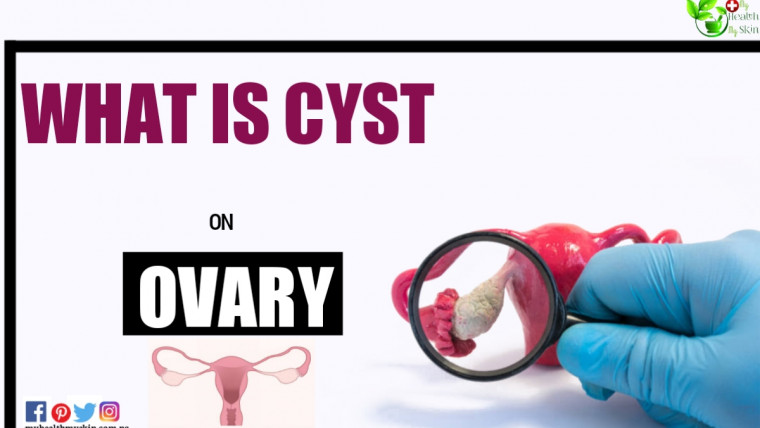In this post we’ll discuss ten contraceptive methods to avoid a possible unwanted pregnancy. Unplanned pregnancy represents more than half of pregnancies in Brazil.
The most recent data on the subject indicate that 55% of pregnancies occur without any planning.
For experts, the best way to reduce these numbers is to provide couples with as much information as possible.
10 Contraceptive Methods To Prevent An Unwanted Pregnancy
1. Female condom
It is a barrier contraceptive method made of thin, soft and resistant plastic with one end open and the other closed, containing two flexible plastic rings. It works by preventing sperm from entering a woman’s body. It can be placed in the vagina immediately before penetration or up to eight hours before intercourse. The product is already lubricated and must be used only once.
2. Birth Control Pills
Access to birth control pills is very easy. The pill prevents ovulation, as long as a woman takes the pill, she cannot get pregnant. The contraceptive must be prescribed by the gynecologist, the use of improper medication can cause several side effects such as headache, nausea, dizziness, weight gain or loss.
3. Male condom
It is the most widespread barrier method in the world. It consists of a latex wrap that covers the penis during sexual intercourse. The sperm ejaculated by the man is retained in the condom, so the sperm do not enter the body of the partner
4. Morning after pills
It is popularly known as the “morning-after pill”. This method is used to prevent unwanted pregnancy, after unprotected sex or another method failure, such as a broken condom. Emergency contraception works by preventing or delaying ovulation and by decreasing the ability of sperm to fertilize the egg. It is not abortifacient, as it does not compromise the continuation of an ongoing pregnancy. They are used by taking the two pills at once or in two doses: the first dose within three days after sexual intercourse (the faster you take the pills, the greater the chances of avoiding pregnancy) and the second pill twelve hours after first.
The morning-after pill should not be used as a routine contraceptive method, that is, replacing another contraceptive method. They should only be used in emergency cases, because the hormone dose is large.
5. Intra-Uterine Device- IUD
They are flexible plastic devices (polyethylene) to which copper or hormones (levonorgestrel) are added, which, inserted into the uterus, play their part in preventing pregnancy. Selection and placement of the IUD inside the uterus should be done by a trained healthcare specialist.
The IUD decreases the sperm’s ability to move, making it difficult for them to access the egg and also interferes with the characteristics of the cervical mucus and endometrium, making it difficult to implant a possible fertilized egg. It should preferably be introduced during the menstrual period, when the cervix is more open and also to guarantee the absence of pregnancy.
6. Injectable Hormonal Contraceptives
They are injectable contraceptives containing an association of two types of hormones similar to those that exist in a woman’s body: estrogen and progesterone. As the hormone dosage is high, the effect is longer in the body. There are 2 types: monthly with a combination of two hormones (estrogen and progesterone) and quarterly with only one type of hormone (progesterone).
It works by preventing the release of eggs from the ovaries (ovulation) and thickening the cervical mucus, preventing the passage of sperm. It is applied as an intramuscular injection. The monthly injectable should be applied once a month, between the 7th and the 10th day of the cycle, preferably on the 8th day. The quarterly injectable should be given every three months and the first dose should be given between the 5th and 7th day of the cycle.
7. Transdermal Patch
It is a thin patch, placed on the skin, that releases hormones similar to those produced by the ovary. Prevents pregnancy in a similar way to oral hormonal contraceptives. Its most important contraceptive effect is the inhibition of ovulation, but it also interferes with the thickening of the cervical mucus, decreasing the sperm capacity to fertilize the egg.
It is a method of weekly use. The patch must be put on for 3 weeks, on the same day and time. In the fourth week it should not be put on, but the woman will still be protected. In the fifth week it should restart its use. The adhesive needs to be well adhered to the skin for its action to be effective. The application sites are: buttocks, abdomen and outer upper arm.
This method should not be used by women who are breastfeeding, as it can affect the production of breast milk and is contraindicated for women over 35 and smokers.
8. Subdermal implant
They are small plastic capsules or rods, each about the size of a matchstick, that release a hormone similar to that produced by a woman’s ovaries (progesterone). A properly trained professional performs a minor surgical procedure to insert the implants under the skin of the arm, above the woman’s elbow.
It works by inhibiting ovulation, increasing the thickening of the cervical mucus and decreasing the sperm capacity to fertilize the egg. The subdermal implant has a prolonged action, acting for up to 03 years, with low doses of hormone being continuously released into the bloodstream, providing the contraceptive effect. It should only be used by women who do not wish to menstruate, as it stops menstruation over time.
9. Diaphragm
It is a method for female use that consists of a soft silicone or latex case with a flexible metal ring. It is placed by the woman herself deep in the vagina to cover the cervix. There are diaphragms of different sizes, and measurement by a trained healthcare professional is necessary to determine the appropriate size for each woman. It can be used together with spermicide (a product capable of killing sperm) to increase effectiveness.
The diaphragm prevents sperm from entering the uterus. It should be put on with every sexual intercourse, before any contact between the penis and vagina. It can be put on minutes or hours before intercourse, and it should only be removed six to eight hours after the last intercourse, which is long enough for the sperm that remain in the vagina to die. After removing the diaphragm, wash it with water and neutral soap, dry it well and store it in a proper case, in a dry and cool place, not exposed to sunlight. Can be periodically boiled for disinfection. The average service life is about three years if the recommendations are observed.
10. Vaginal Ring
It is a flexible, transparent ring that should be placed in the birth canal so that the ring covers the entire cervix. The ring must be removed every 03 weeks, but if it is forgotten, it can remain in the vaginal canal without any damage for up to 04 weeks.
It has a mechanism of action similar to that of oral contraceptives. Its most important contraceptive effect is the inhibition of ovulation, but it also interferes with the thickening of the cervical mucus, decreasing the sperm capacity to fertilize the egg.







